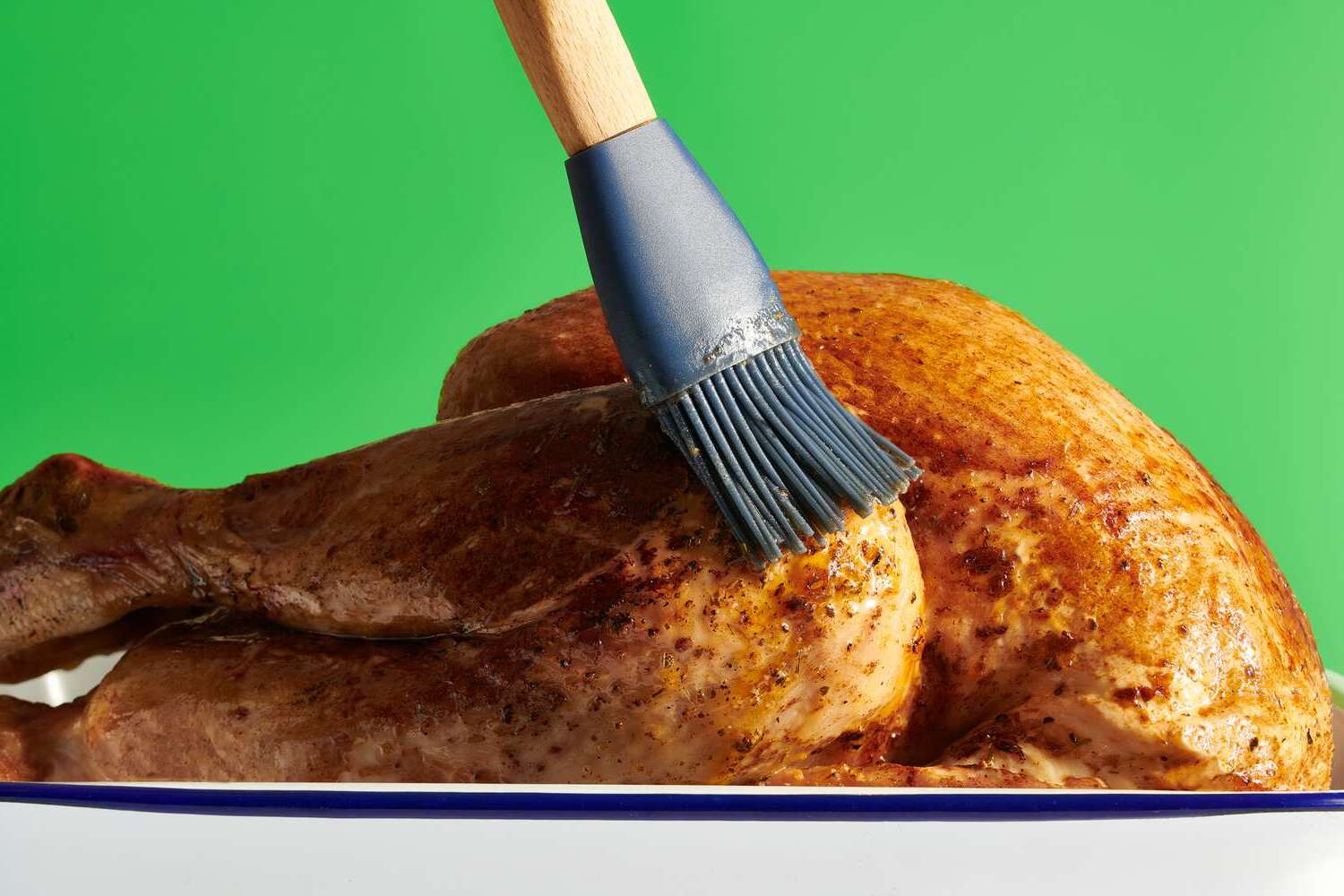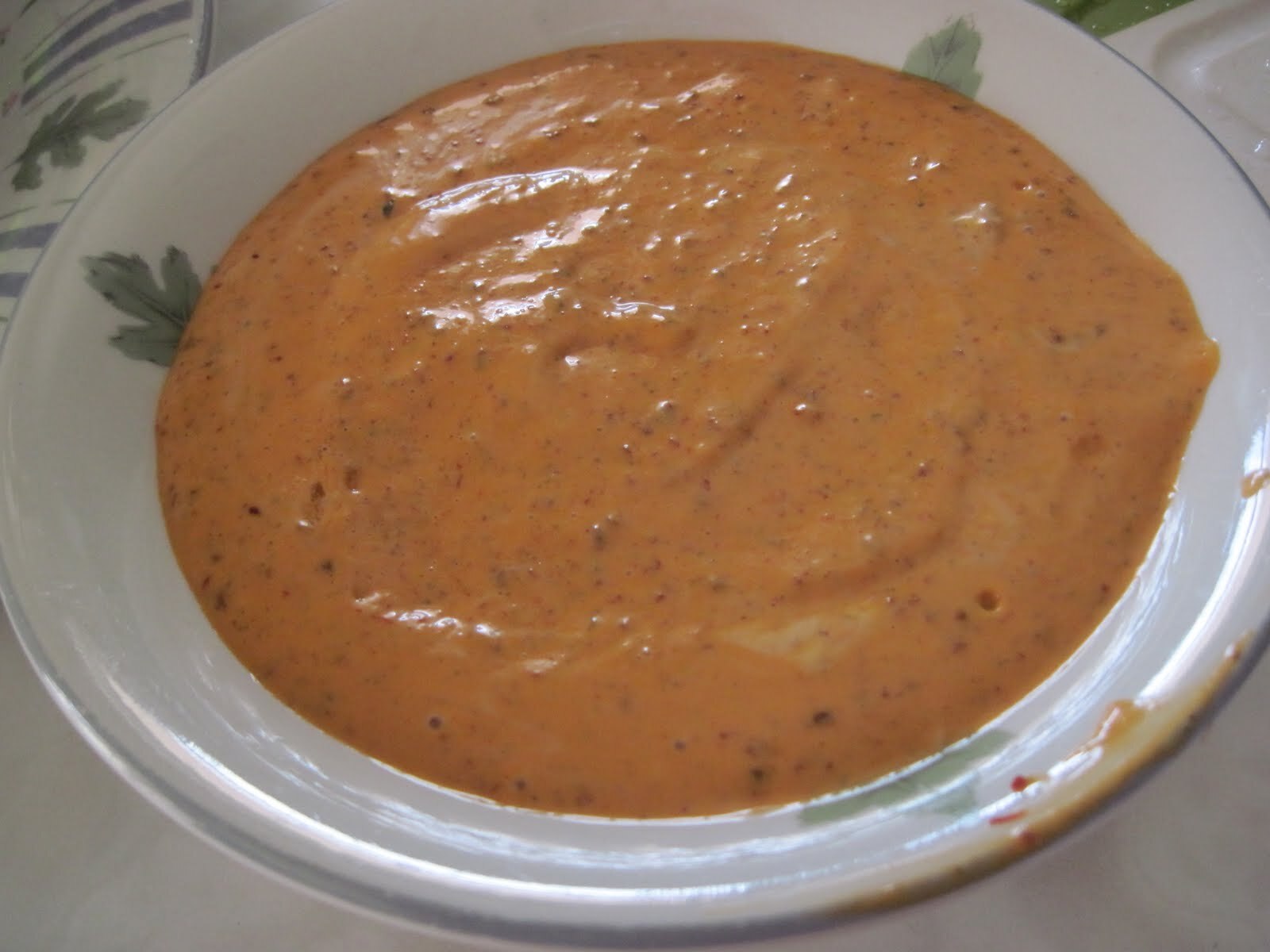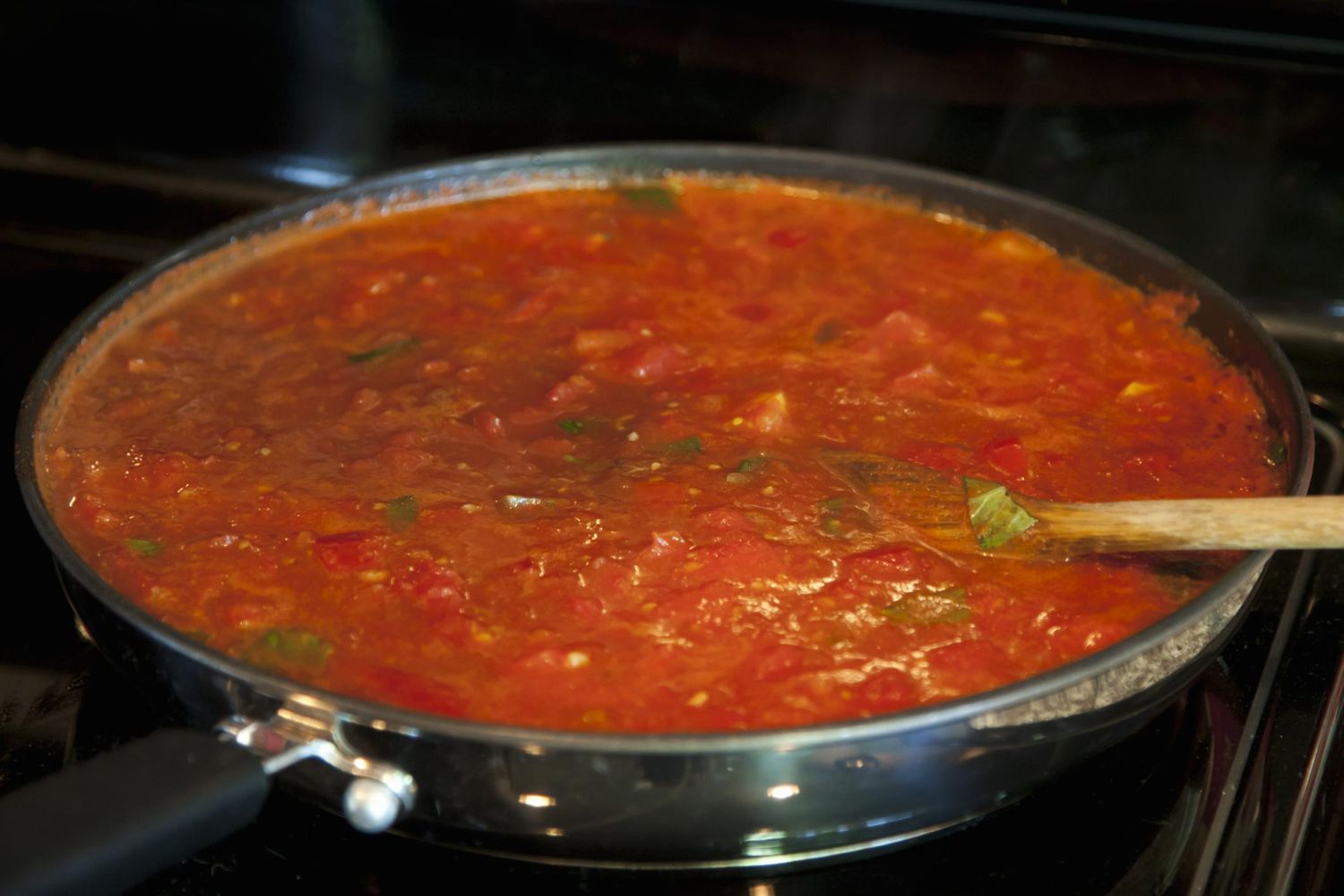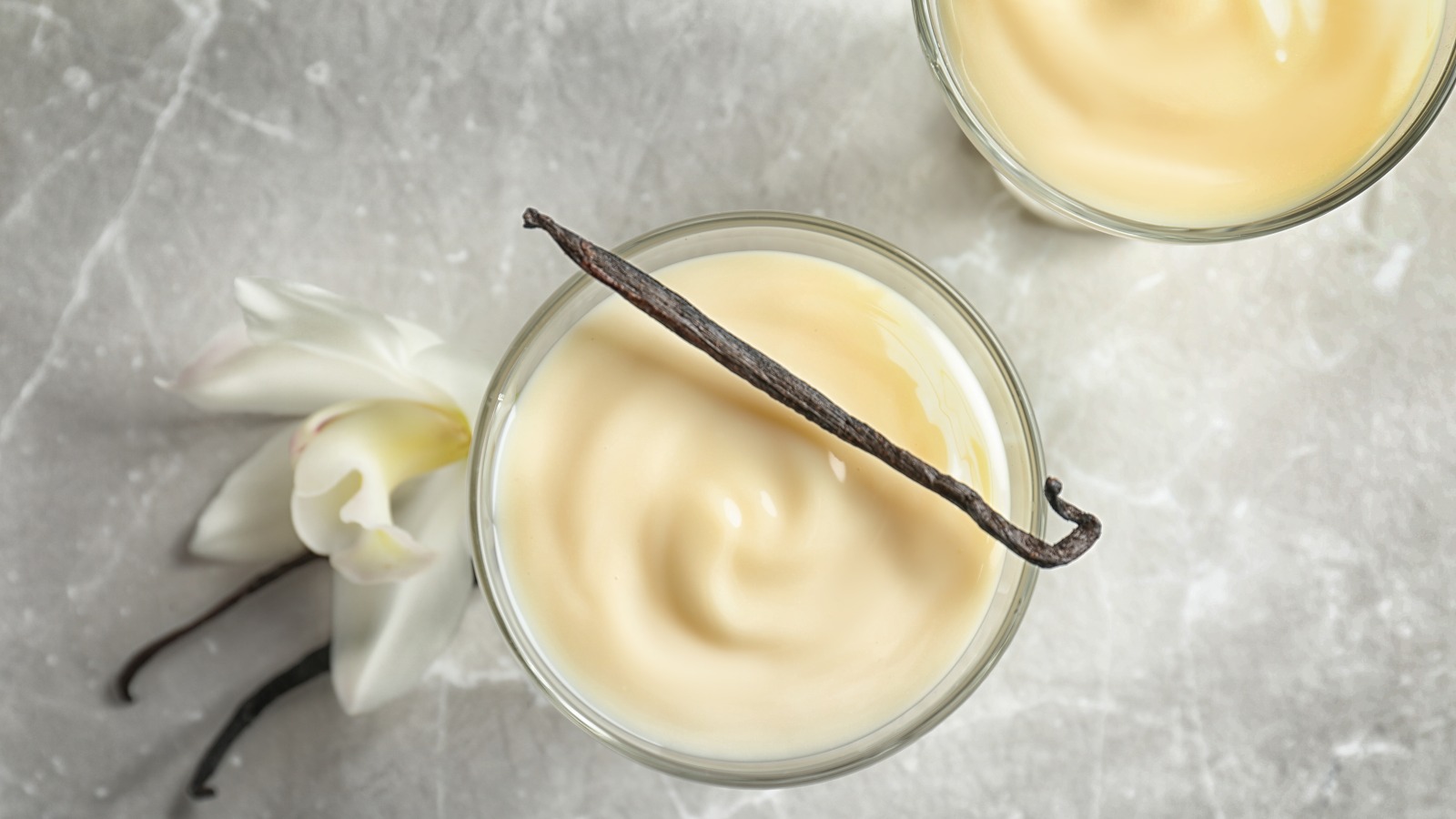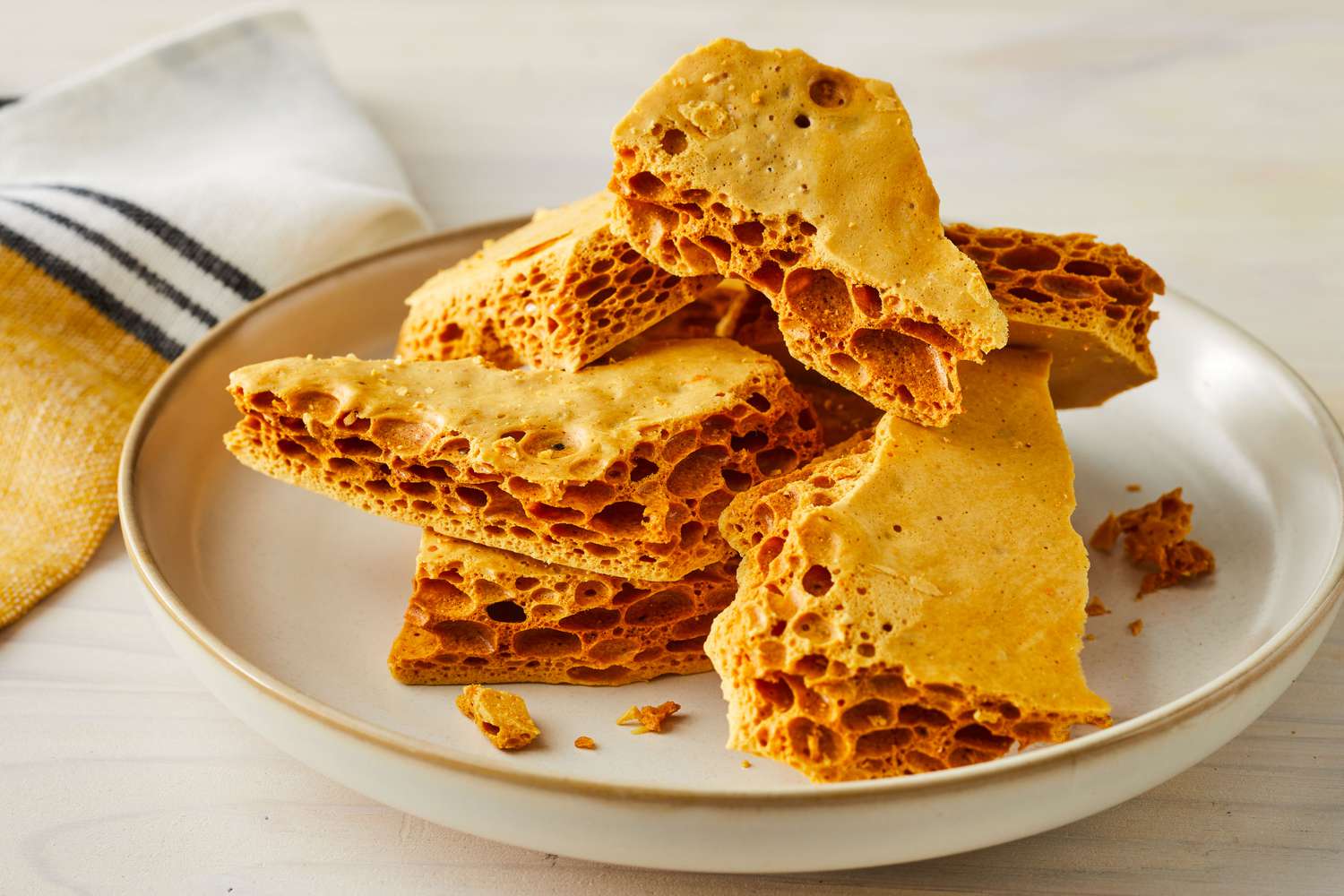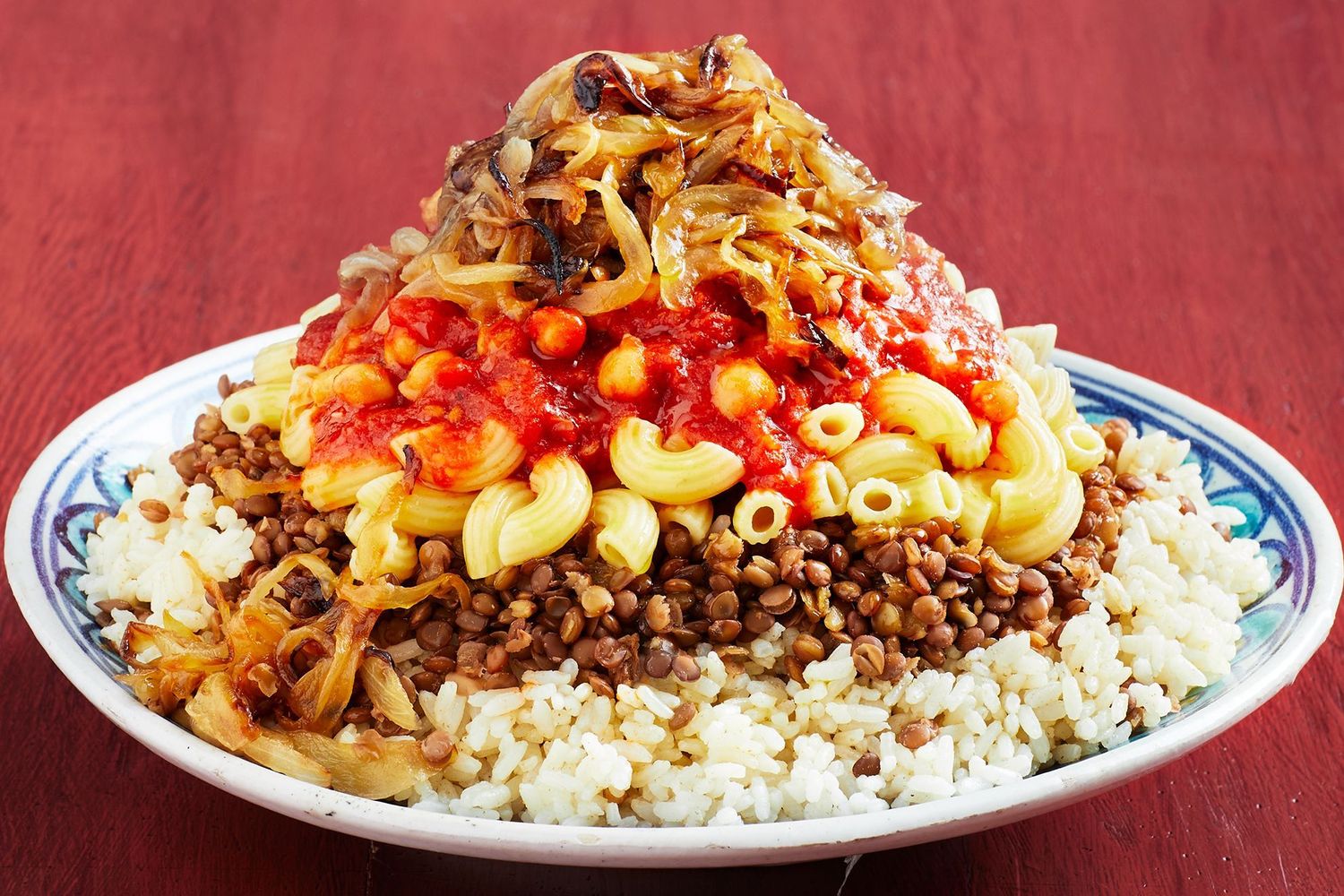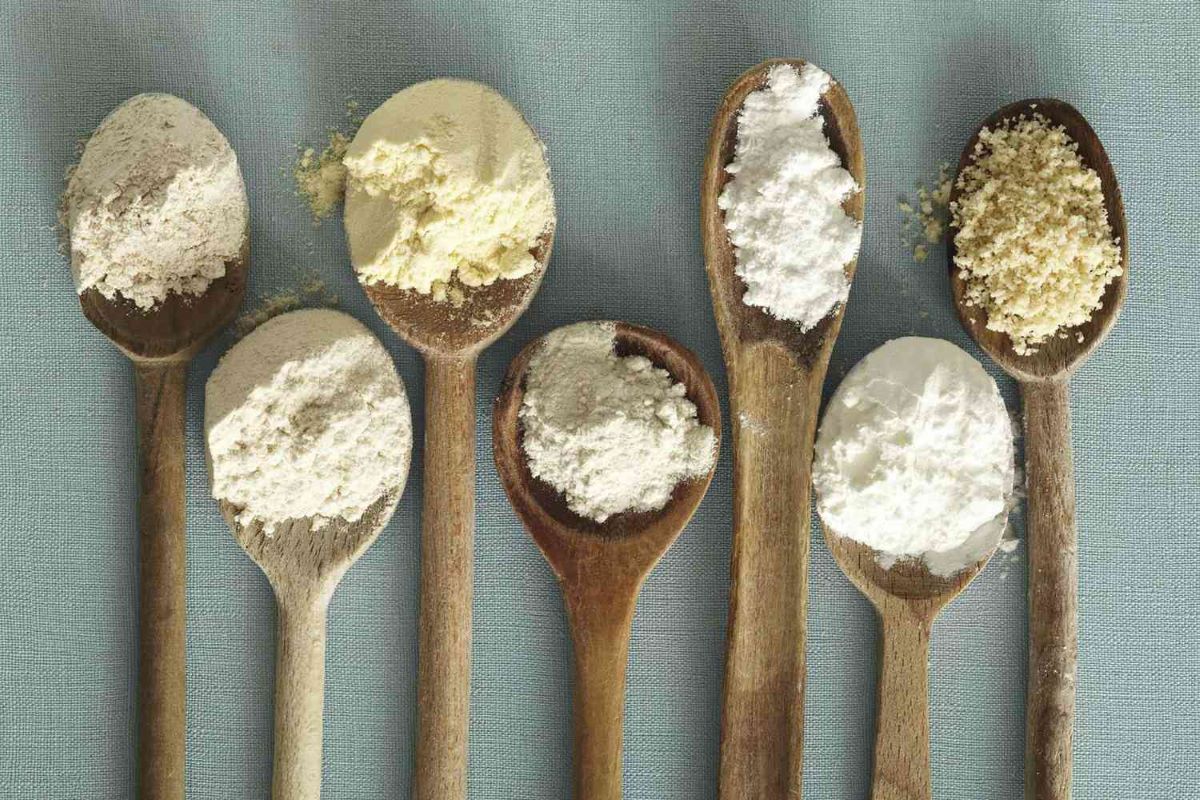The Difference Between Delmonico and Ribeye Steaks
When it comes to choosing a steak for your next meal, you may come across the terms “Delmonico” and “ribeye.” While both are popular choices among steak lovers, there are some key differences between the two cuts that can influence your decision. Let’s take a closer look at the characteristics of each to help you make an informed choice for your next grilling or dining experience.
Delmonico Steak
The Delmonico steak, also known as a “New York strip” or “Kansas City steak,” is cut from the beef short loin. It is known for its tenderness and rich flavor, making it a favorite among steak enthusiasts. The Delmonico steak is typically well-marbled, which contributes to its juicy and flavorful profile. This cut is often characterized by its fine texture and is best enjoyed when cooked to medium-rare or medium doneness to fully appreciate its tenderness.
- Origin: The Delmonico steak is believed to have originated from Delmonico’s, a famous restaurant in New York City during the 19th century.
- Flavor and Texture: It offers a rich, buttery flavor with a tender and juicy texture.
- Best Cooking Method: It is best prepared using high-heat methods such as grilling, broiling, or pan-searing to bring out its natural flavors.
Ribeye Steak
The ribeye steak, also known as “Scotch fillet” or “Entrecôte,” is cut from the rib section of the cow. It is revered for its exceptional marbling, which gives it a robust and beefy flavor. The ribeye steak is known for its generous fat content, which enhances its tenderness and juiciness. This cut is often favored by those who appreciate a well-marbled steak with a rich, meaty flavor.
- Origin: The ribeye steak is derived from the rib primal section of the cow and has been a staple in steakhouse menus for decades.
- Flavor and Texture: It boasts a bold, beefy flavor with a tender, melt-in-your-mouth texture, thanks to its abundant marbling.
- Best Cooking Method: It can be cooked using various methods, including grilling, pan-searing, or broiling, to achieve the desired level of doneness.
Key Differences
While both the Delmonico and ribeye steaks offer exceptional flavor and tenderness, there are some distinct differences between the two:
- Location on the Cow: The Delmonico steak is cut from the beef short loin, while the ribeye steak is derived from the rib section of the cow.
- Marbling: The ribeye steak is known for its abundant marbling, resulting in a richer flavor and more tender texture compared to the Delmonico steak.
- Flavor Profile: The Delmonico steak offers a buttery, rich flavor, while the ribeye steak boasts a bold, beefy flavor with a melt-in-your-mouth texture.
- Cooking Methods: While both steaks can be prepared using similar cooking methods, the ribeye’s higher fat content makes it more forgiving and versatile in terms of cooking techniques.
Which One Should You Choose?
Ultimately, the choice between Delmonico and ribeye steaks comes down to personal preference. If you prefer a steak with a buttery, rich flavor and fine texture, the Delmonico steak may be the ideal choice for you. On the other hand, if you crave a steak with a bold, beefy flavor and exceptional tenderness, the ribeye steak is likely to satisfy your palate.
Whether you opt for the Delmonico or ribeye steak, both cuts offer a delightful dining experience that showcases the natural flavors and quality of the beef. Whichever you choose, be sure to savor each bite and enjoy the distinct characteristics that make these steaks a beloved choice among meat enthusiasts.
Next time you’re at the butcher or perusing a steakhouse menu, you’ll have a better understanding of the differences between Delmonico and ribeye steaks, allowing you to make a well-informed decision based on your flavor and texture preferences. Happy grilling and indulging in the world of delectable steaks!
Was this page helpful?
Read Next: What Is A Fritter
